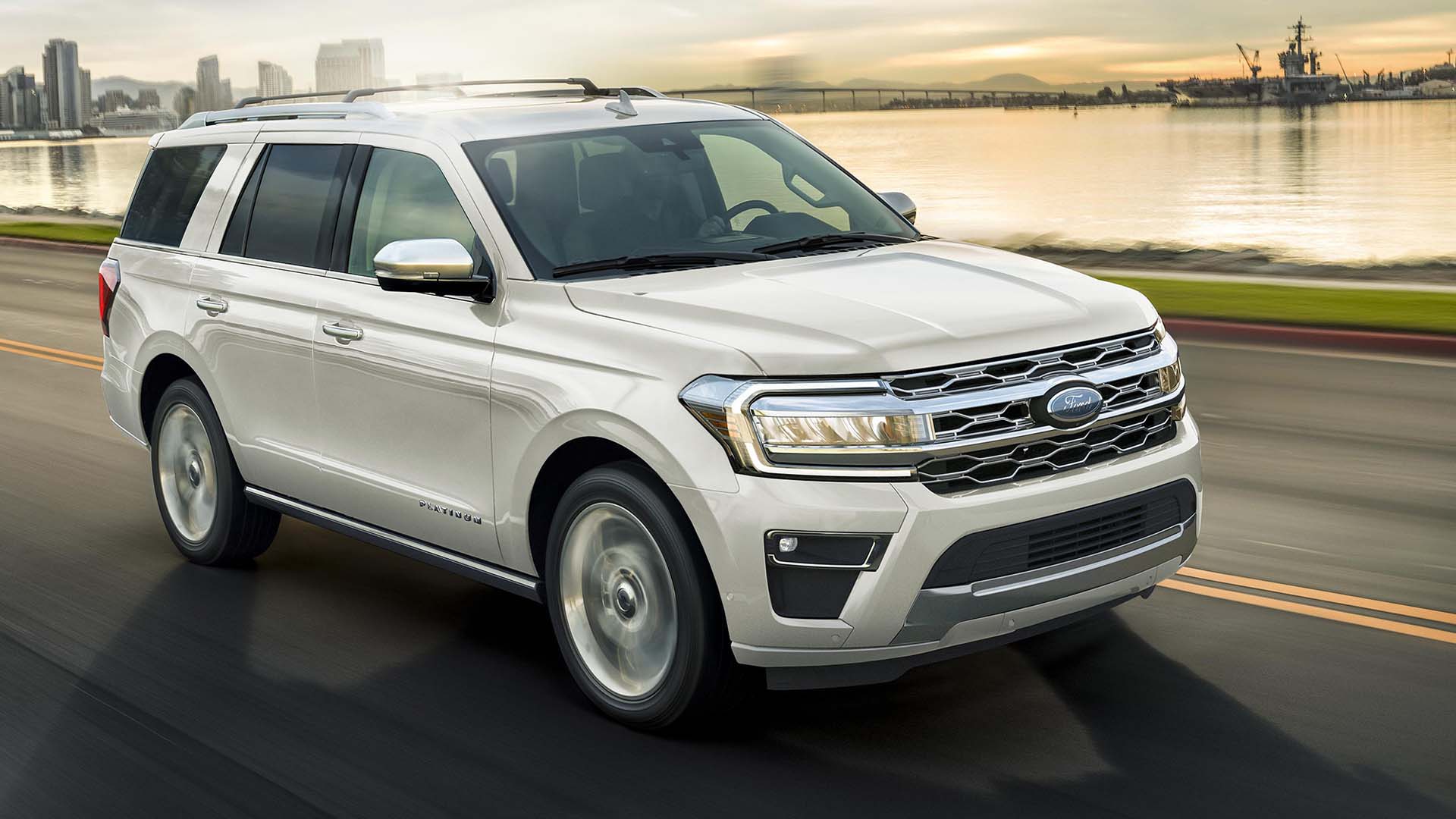

New car prices have gone up since 2003 in measurable and real ways. That’s true. So have the prices of apples, milk, and Butterfingers—at least, according to me. But according to a Consumer Reports study of vehicle prices over nearly 20 years, those prices haven’t gone up in ways that we may think, and new cars are almost certainly not more expensive because of safety or fuel economy regulations, despite talking points to the contrary. Adjusted for inflation, cars cost nearly the same—in some cases even less.
Consumer Reports studied the prices of new cars from 2003 to 2021 and compared them to gains in fuel efficiency and safety technology. The outlet used data from its vehicles purchased for testing, including price and fuel economy. The data sample consisted of 362 cars, selected for their segment and relative longevity—nameplates that have endured for several generations during that time would reflect incremental improvements in safety tech and gas mileage. Those models included the VW Tiguan, Subaru Impreza, Nissan Rogue, Ford Expedition, and Ford F-150, among others.

The study was limited to 2021 due to fuel economy regulations that were rolled back during the Trump administration and the onset of the pandemic, which significantly raised new vehicle prices due to parts shortages. (Maybe you’ve heard about that one.)
What did they find? Fuel economy improved significantly over that period—at least 20% and up to 56%, depending on the segment—while vehicle prices stayed relatively flat. Mid-size sedans, for example, actually went down during that time. Money saved from reduced fuel costs netted, on average, $7,000 over the life of the cars.
Safety regulations were also ratcheted up over the same time period. Not only have cars implemented mandatory electronic stability control starting in 2011, but also backup cameras in 2018 and the wider availability of side impact airbags. Advanced driver assistance systems and automatic emergency braking were not made standard in the time period but also became widely available on more cars toward the end of the surveyed period. The safety systems cut traffic fatalities per 100 million vehicle miles traveled by 25%. Again, no significant increase in price for the lifesaving systems.

So what gives with all of the news about increasing the average transaction price, which currently hovers around $50,000? That’s also accurate, Consumer Reports noted. But it also reflects buyers’ preferences for larger, more luxurious vehicles, which is reflected in the growing market share among truck-based SUVs. Those average prices, along with trucks, rose between $5,000 and $12,000 from 2003-2019 accounting for inflation.
Our tastes in cars have gotten more expensive. Not necessarily the tech that protects the planet and people.